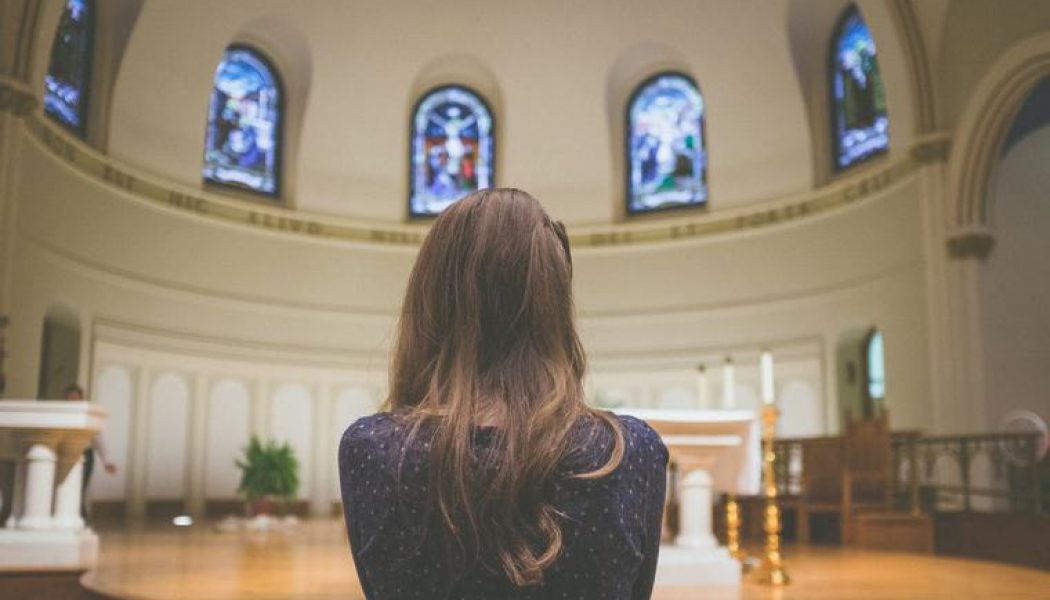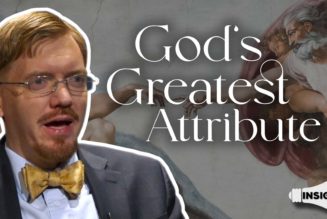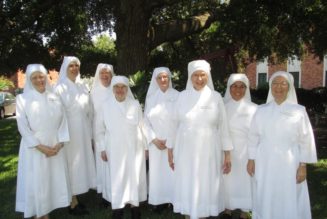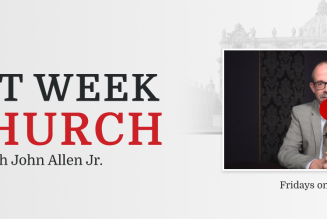
In one sense, the latest numbers from Gallup on religious membership in the U.S. are hardly newsworthy. The rate of membership has been dropping steadily since the turn of the 21st century, and the 3% decrease between 2018 and 2021 is simply par for the course.
But while the incremental drop isn’t especially significant, the threshold crossed in the process is.
For the first time ever, fewer than half of Americans say they belong to a church or other religious community. The rate, which hovered around 70% for decades before beginning its gradual decline in 2000, is now only 47%.
Stephen Bullivant, a professor of theology and sociology as St. Mary’s University in the United Kingdom, described the sub-50% figure as a “symbolic marker.”
“This is one more little data point alongside a great many that are all, for the most part, pointing in a single direction,” said Bullivant, author of Mass Exodus: Catholic Disaffiliation in America and Britain Since Vatican II. “And that is the waning of Christian America.”
Bullivant pointed out that, although the rate of church membership began its noticeable decline around the year 2000, the factors that set those trends into play were generations in the making. Previous drop-offs in, for instance, rates of attendance at religious services or adherence to the moral teachings of one’s faith contribute to an overall weakening in religiosity, which grows in its transmission from one generation to the next.
Therefore, it’s unsurprising that the decline in church membership is largely manifested by a simple generational shift, as the less-religious younger generations gradually replace their more-religious elders. The Gallup study, for instance, found that only 36% of millennials (those born between 1981 and 1996) belonged to a church, compared to 66% of those born before 1947.
The overall trends illustrated by the study seem especially exacerbated in Catholic circles.
Since 2000, the rate of church membership has dropped twice as quickly among self-identified Catholics (18 points, down to 58%) than it has among Protestants (nine points, down to 64%). And although the sense of “membership” employed in this study differs from that used in Catholic theology, which emphasizes baptismal status, those figures are still sobering realities for Church leaders.
Bishop Cozzens
For Auxiliary Bishop Andrew Cozzens of St. Paul and Minneapolis, the trends illustrated by Gallup correlate to his lived experience of ministry on the ground. Sacramental events, like weddings and baptisms, which historically are opportunities for non-practicing people to begin or strengthen membership with a particular church or community, are down, year after year.
“The secularism that is affecting our culture continues to grow, and it continues to prove a pretty toxic poison for churches and those who point to anything transcendent,” said Bishop Cozzens, who serves as chairman of the Committee on Evangelization and Catechesis for the U.S. Conference of Catholic Bishops.
Interestingly, the secularism described doesn’t necessarily manifest itself in outright atheism.
While the rate of church membership is now below 50%, the level of religious affiliation still remains above 70%. In fact, the steady 20-year decline in church membership among the religiously affiliated (13 points, from 73% to 60%) indicates a significant gap between “believing” and “belonging,” what Bullivant called a “non-practicing hinterland.”
Bishop Cozzens linked this gap to the growth of “moral therapeutic deism,” a concept coined by Notre Dame sociologist Christian Smith to describe a type of religiosity that emphasizes niceness and a sense of well-being and shies away from difficult truths and responsibility.
“It’s certainly a different version than what Jesus meant by discipleship,” he said, adding that the status of religious practice in the U.S. will “get worse before it gets better.”
But both Bishop Cozzens and Bullivant aren’t without hope: the ultimate, theological kind, to be sure, but also a practical sense that the current pattern of decline isn’t inevitable.
“You always hear things like, ‘If present trends continue, the last Christian in Britain will die in 2070,’ which is [rubbish], because present trends don’t continue,” said Bullivant. He pointed to places like Sweden and Estonia, deeply secularized countries where church membership is actually growing, as examples of places where trends have been reversed.
Social and Ecclesial Changes
Part of this can be explained by both social and ecclesial changes that typically take place as religion wanes in a society. For one thing, those who remain adherents to a faith typically do so with more commitment and intensity, a product of “swimming against the tide” in a secular dimension.
“It’s not that we want a smaller, purer Church,” Bullivant said, in reference to a phrase oft-attributed to Pope Benedict XVI. “It’s just that the way secularization is heading, the Church will be smaller. And if it’s smaller, then it has to be purer, because only the kind of more committed ones will still be there.”
Bishop Cozzens expressed a similar assessment, noting that young people who do practice the faith today tend to be more “all-in” than even their parents and grandparents. He said the key going forward will be to continue to shift the Church’s focus from “maintenance to mission,” eschewing a simplistic focus on numbers and prioritizing forming those Catholics in the pews as intentional disciples.
“We need to help our people see that ‘It’s actually my job to share the truth of the love of Jesus with my neighbor’ because no one else is going to do it,” he said.
Bishop Cozzens highlighted the importance of small groups in parishes, where Catholics can experience belonging, accountability and grow together in the faith, as vital to the fostering of intentional discipleship. In turn, these groups can also serve as evangelical contexts, places to invite those who are lukewarm or not yet practicing the faith.
“They experience a community of people who really care and love each other in Christ,” he said, “and that transforms everything.”
Join Our Telegram Group : Salvation & Prosperity









